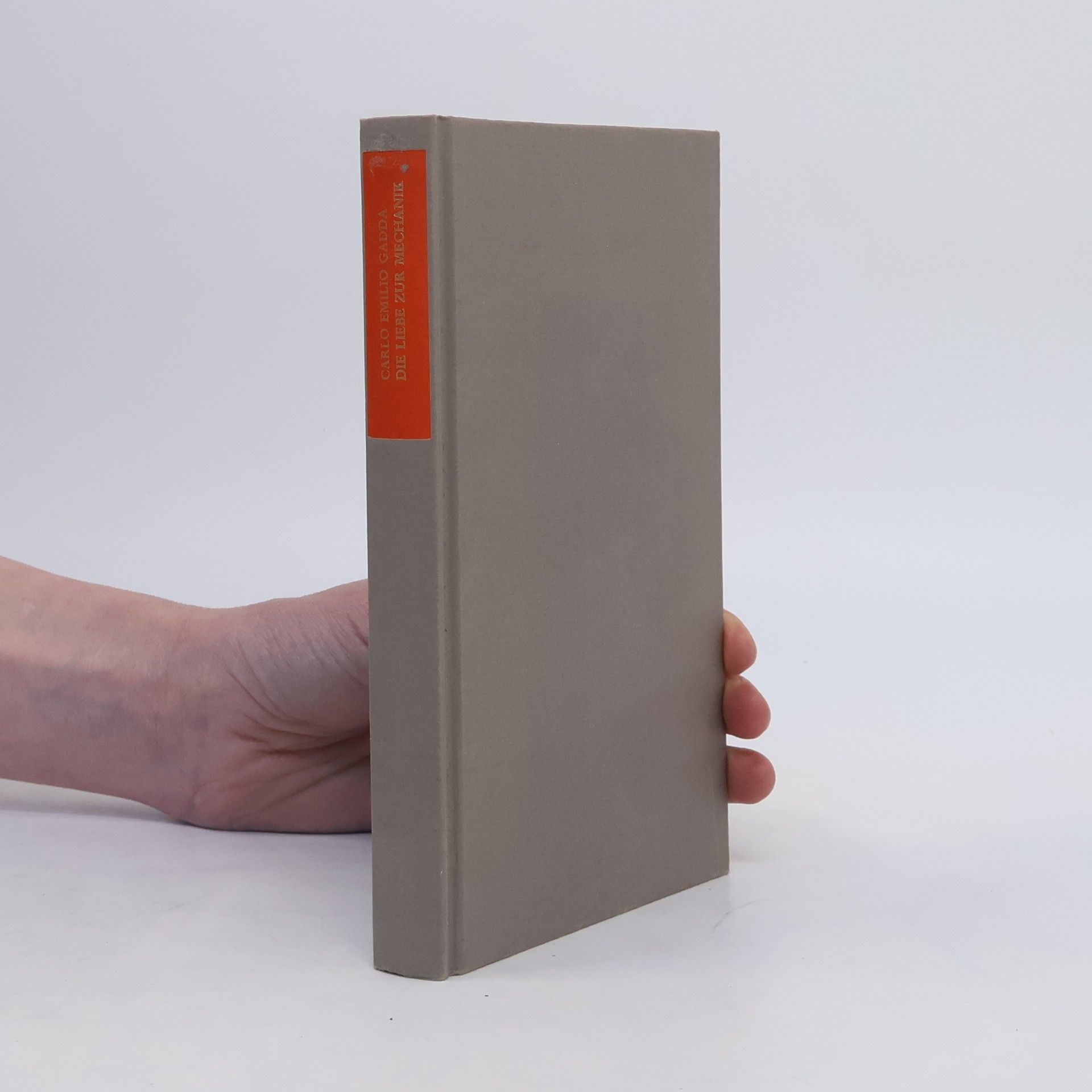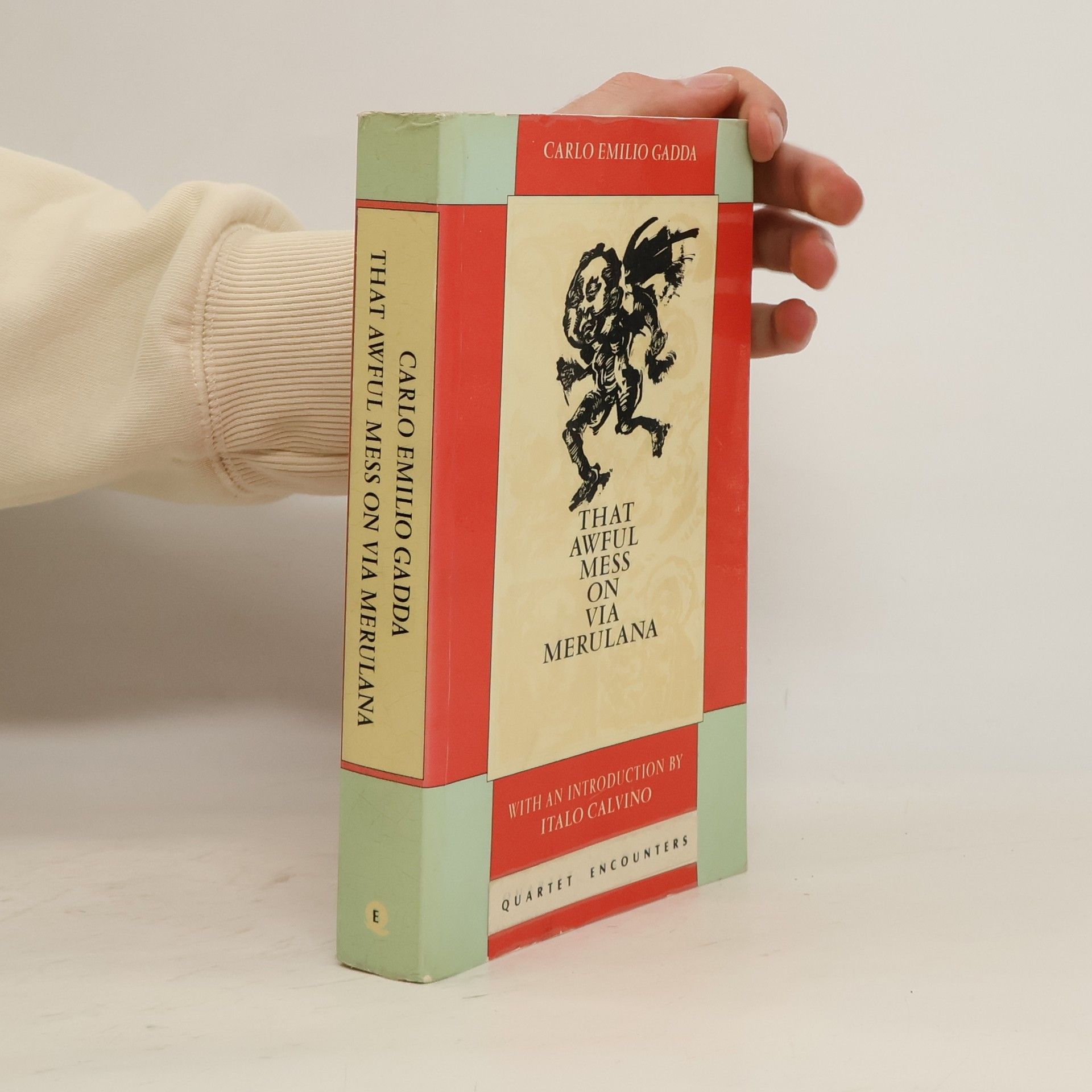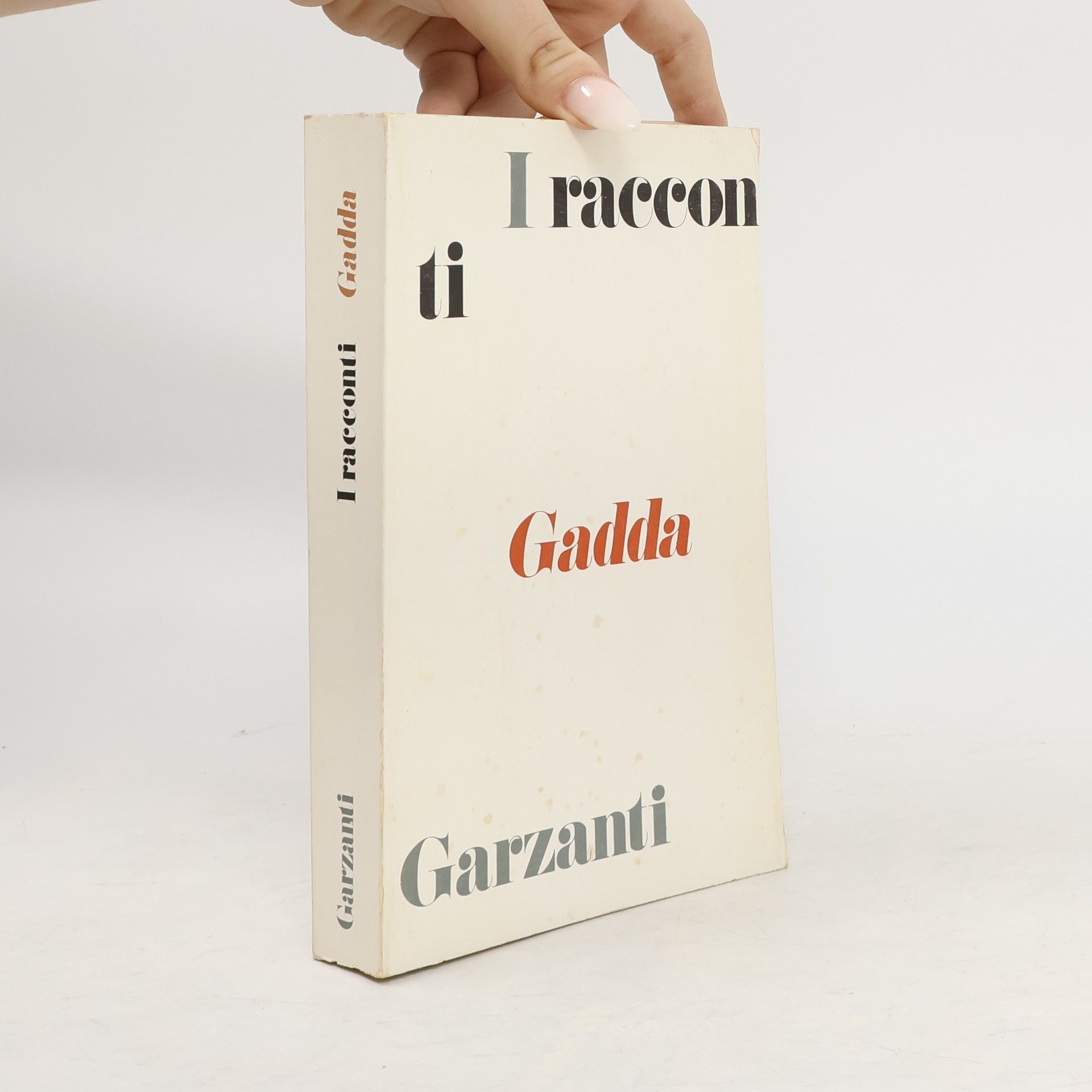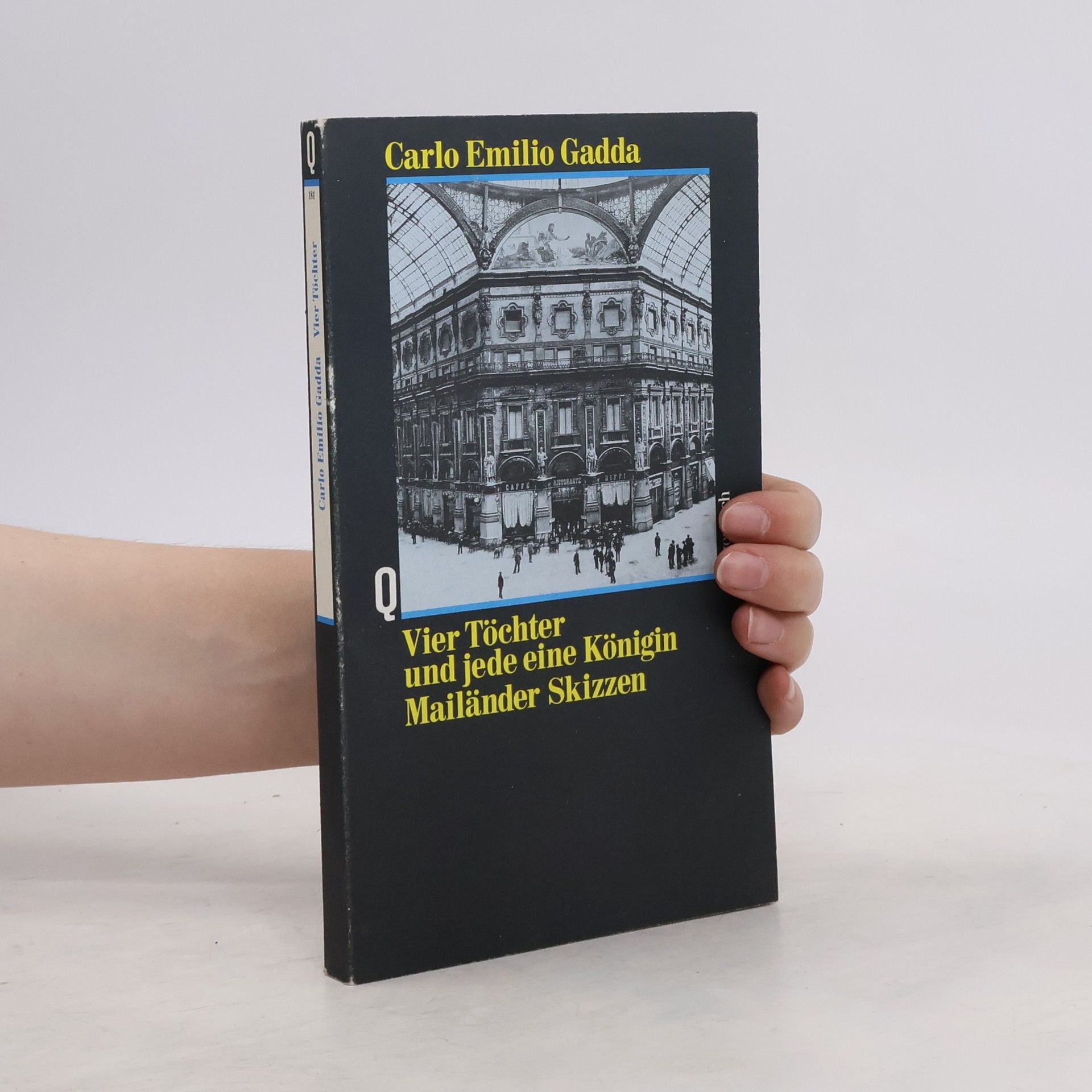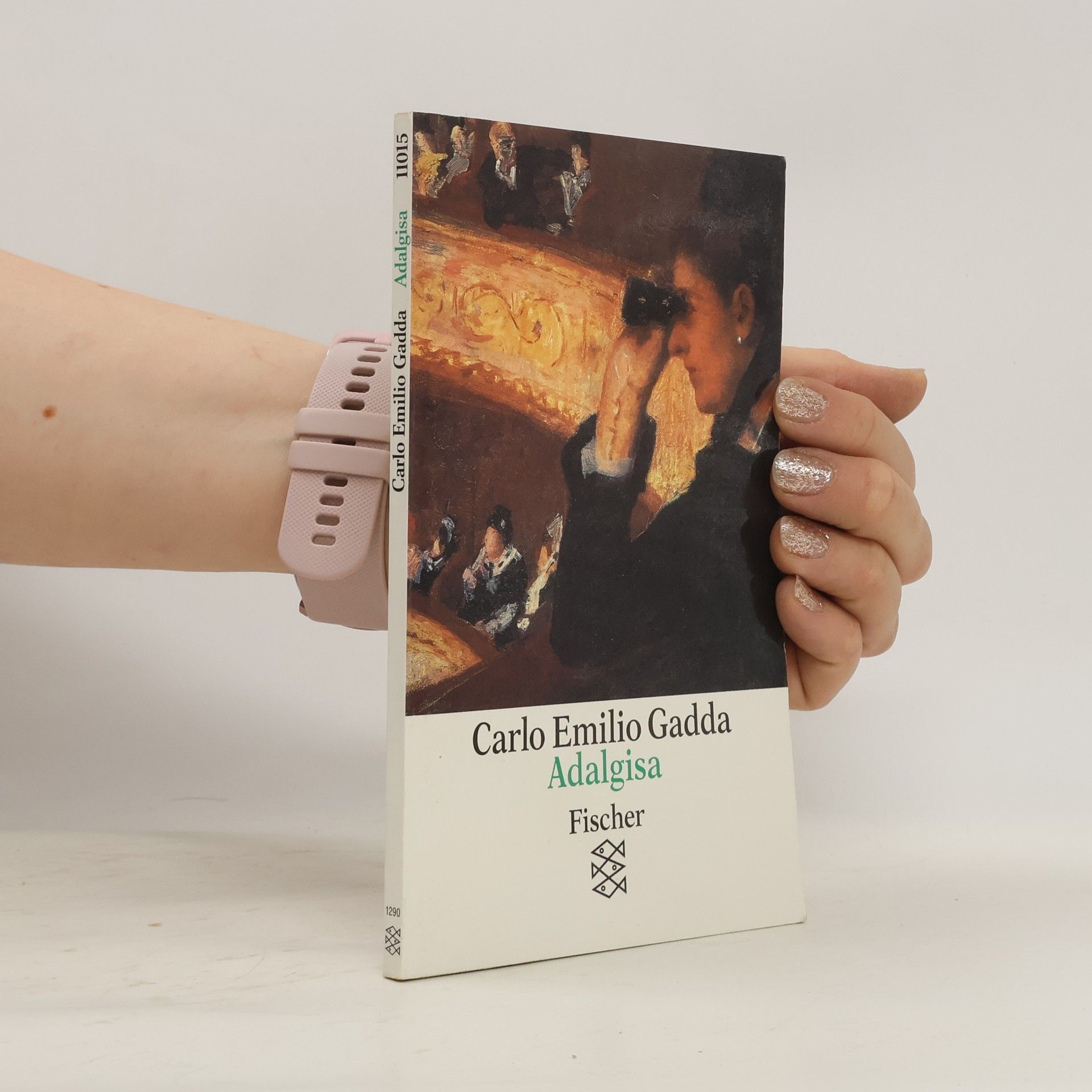El zafarrancho aquel de via Merulana
- 302 páginas
- 11 horas de lectura
El zafarrancho aquel de via Merulana es la obra fundamental de Gadda y una cima de la narrativa mundial de nuestro siglo. El esquema argumental, que en apariencia consiste en la ramificación de diversos incidentes policiales, no es más que el pretexto para el despliegue de una intrincada visión de cierta Italia, de una época, de unas clases en crisis, de un mundo que se representa en la Roma popular.


